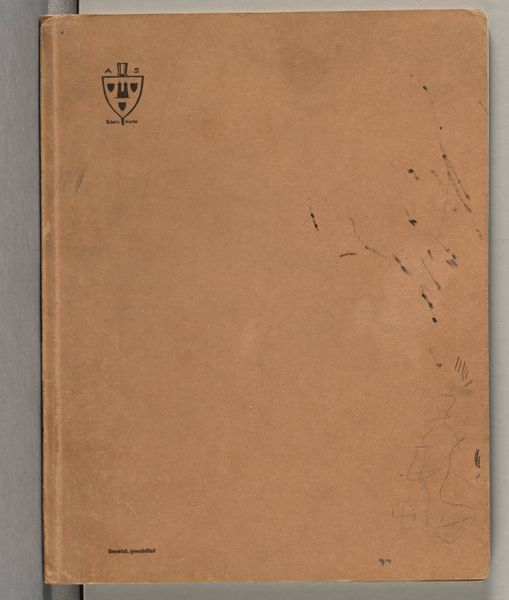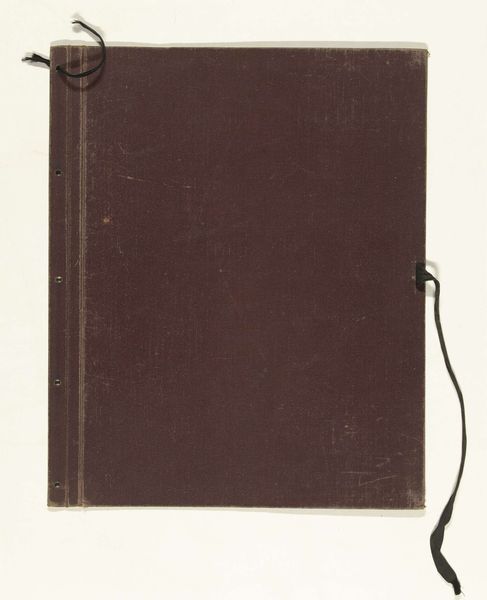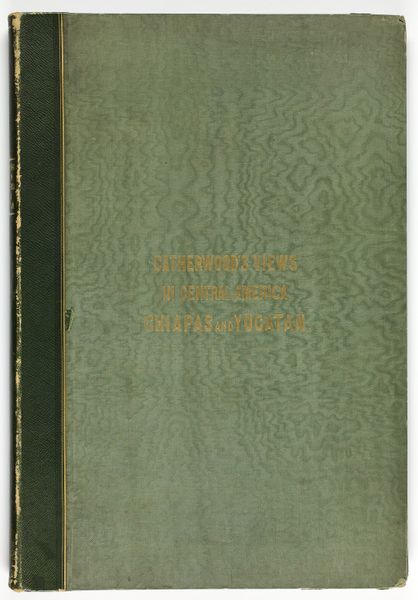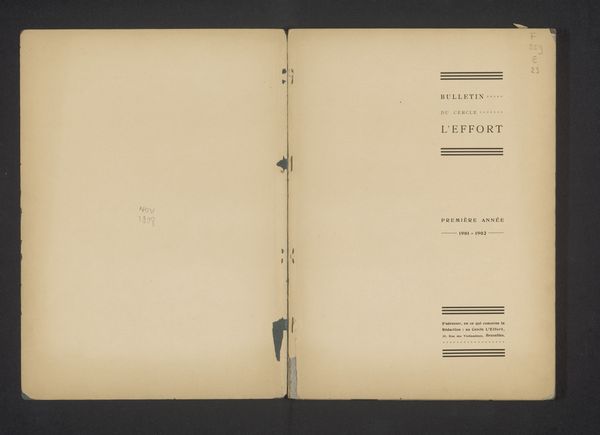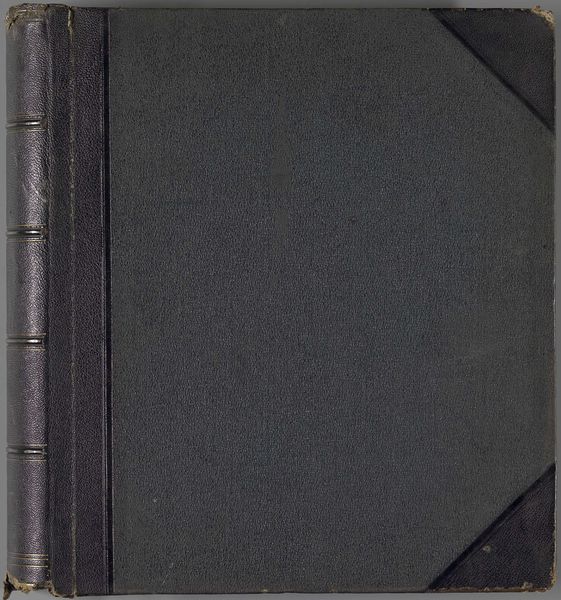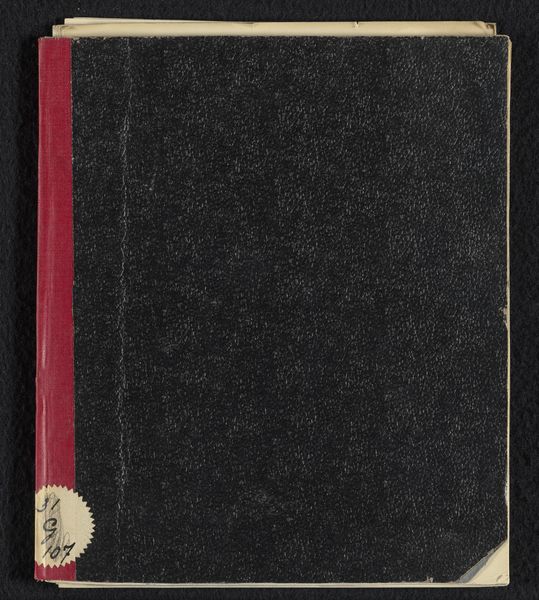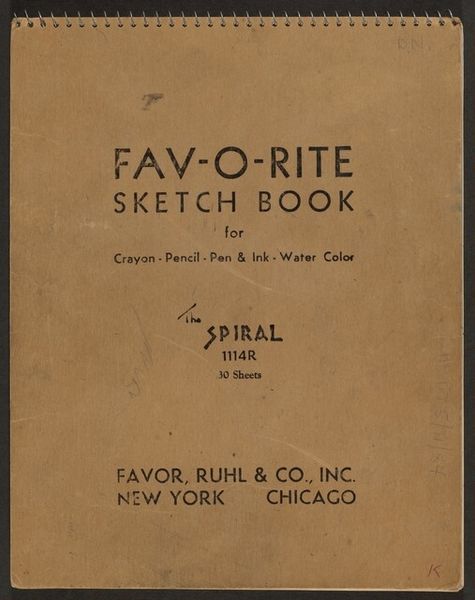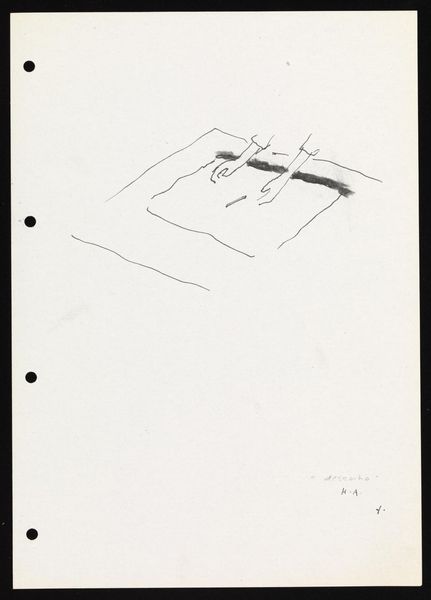
drawing, graphic-art, paper
#
drawing
#
graphic-art
#
paper
Dimensions: overall (closed): 35 x 29.2 cm (13 3/4 x 11 1/2 in.)
Copyright: National Gallery of Art: CC0 1.0
Curator: Here we have what's listed as "Larry Day Sketchbook," dating from around the late 1960s to the early 1970s. It's a spiral-bound sketchbook, paper, presumably containing drawings. Editor: It feels like a relic of a certain era of artistic production. That pale green cover, the “Clipper” branding...it evokes a sense of accessible, everyday art making, almost like a student’s workbook. Curator: Precisely. I'm struck by the material qualities – the paper stock chosen for affordability, the mass-produced spiral binding implying portability and repeated use, that particular shade of green you mentioned that speaks to standardization in stationary production. This isn't some leather-bound luxury item; it’s about the raw utility of artistic creation, isn't it? Think of all the drawings it held! Editor: Indeed. The Clipper imagery of sailing ships too, it’s such a nostalgic motif for journeys, discovery, a kind of romantic yearning, wouldn’t you say? The paper almost takes on a liminal presence itself, becoming a space of artistic exploration and creative projection. And if this sketchbook was made for "pencil, ink, conte crayon, or wolff carbon pencil", Day must have created amazing artworks in it. Curator: Absolutely. It grounds the high-flown symbolism, doesn't it? The mass production contrasts sharply with the unique, personal drawings one can suppose within. One man, singular drawings made inside of hundreds of sheets within a branded Clipper book. It questions the relationship between commercial objects and individual labor. I wonder what process they have gone through after it was drawn upon? Editor: And to come across this now, to hold a personal tool of art-making is like finding a visual time capsule of cultural memories. Perhaps filled with art not for sale but pure self expression. Its value really lies in the symbolism now; no more Clipper books, but that sense of adventure and imagination that the sailing ships implied. Curator: Very well said! Looking at this seemingly commonplace item provokes such a deeper appreciation of the labor of artistic creation and how materiality can speak to accessibility and standardization, while Editor makes it come alive again.
Comments
No comments
Be the first to comment and join the conversation on the ultimate creative platform.

